 Goethe already knew: “The extraordinary does not happen in a smooth, ordinary way.” Successful is who offers their customers the extraordinary. Still, especially world market leaders find it particularly difficult to continuously reinvent themselves. The best engineers and the best products have made Deutschland AG a world champion with its flagship industries such as mechanical and plant engineering for years. And yet, it is necessary to question ourselves and our own products again and again: Nokia is a warning example for many CEOs and CTOs.
Goethe already knew: “The extraordinary does not happen in a smooth, ordinary way.” Successful is who offers their customers the extraordinary. Still, especially world market leaders find it particularly difficult to continuously reinvent themselves. The best engineers and the best products have made Deutschland AG a world champion with its flagship industries such as mechanical and plant engineering for years. And yet, it is necessary to question ourselves and our own products again and again: Nokia is a warning example for many CEOs and CTOs.
When issues are technically challenging, ConMoto is a highly valuable sparring partner on equal footing – i.e. for a world market leader in mechanical and plant engineering with more than 50 percent of the world market share in the premium segment. The CEO and his management team decided to put the company to the test. They found that the B segment grew significantly faster and therefore, had a much higher market potential than the A segment, in which the company has successfully defended its market leadership in the high-end sector for decades. The B-segment with slightly lower precision requirements was dominated by Asian companies, who offered their machines 25 percent cheaper.
Thus, the task presented to ConMoto by the CEO and the CTO was clearly defined: at least 25 percent lower product costs than before, while maintaining the “German engineering” for which the company is famous for decades now. This meant, for example, continuing with electric servo drives instead of flywheel drives. In a mixed team of R&D managers, production specialists, controlling and sales department members of the client together with experienced ConMoto consultants, this target was achieved and even exceeded in five months: the production costs for two new machines fell by 30 and 39 percent respectively.
The basis was a combination of design-to-cost and procurement excellence: on the one hand, our approach gave enough freedom to rethink things. And on the other hand, it established a very close-knit success controlling for the best possible efficiency and effectiveness. For example, the previous “dogma” of four starting points per machine could be softened. Detailed physical calculations have shown that two starting points are sufficient for the required tolerances in the B segment. This approach, which is unique in the industry to date, enabled costs to be reduced by an additional nine percent in the B segment without sacrificing quality.
Our example shows that ConMoto projects bring objective, measurable savings. Dr. Bernhard Schmid answers your questions – simply write to: schmid@conmoto.de



 Deutsch
Deutsch